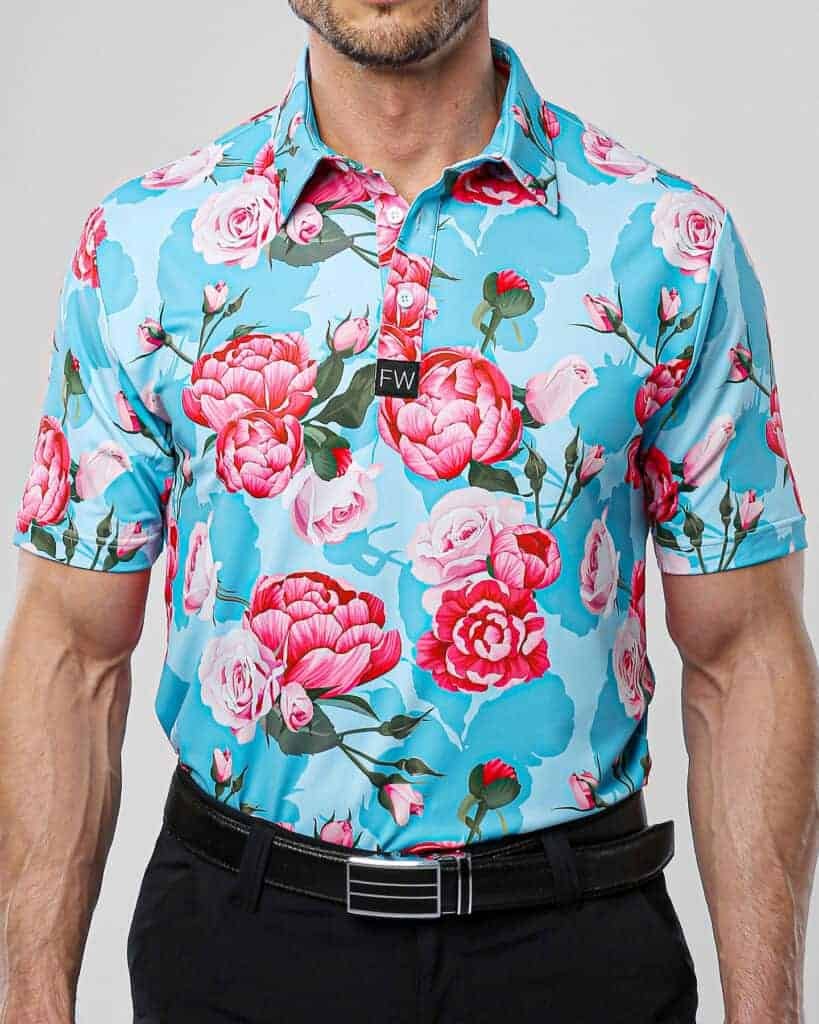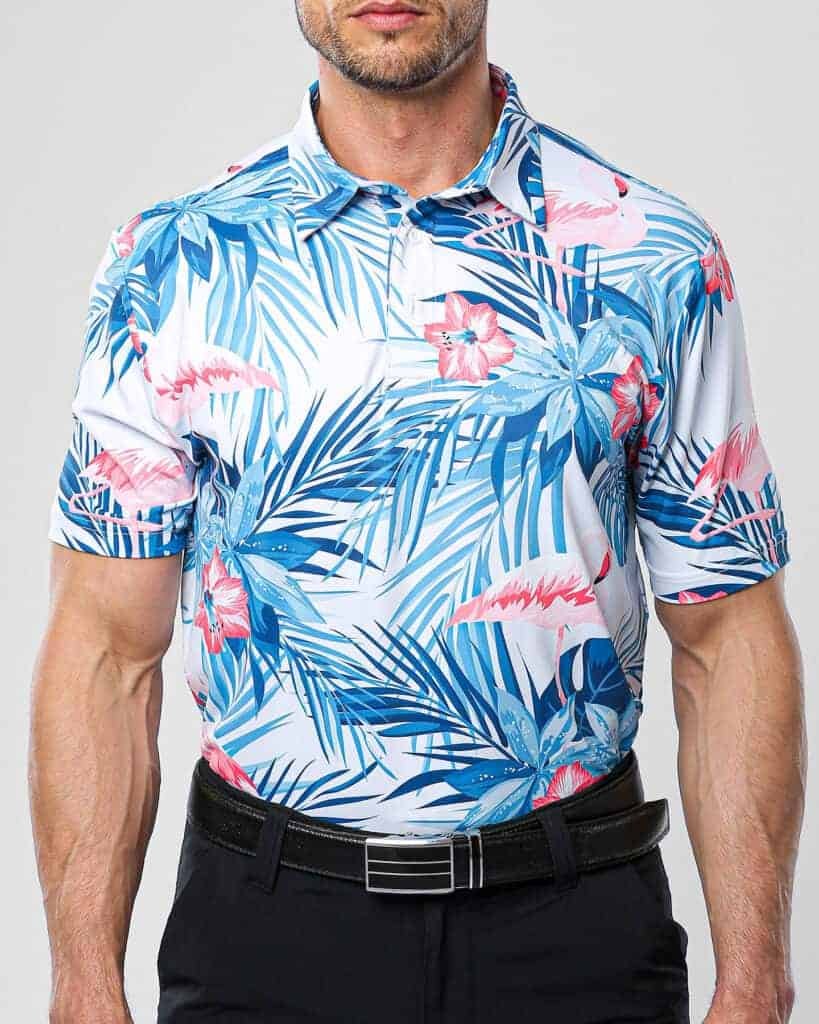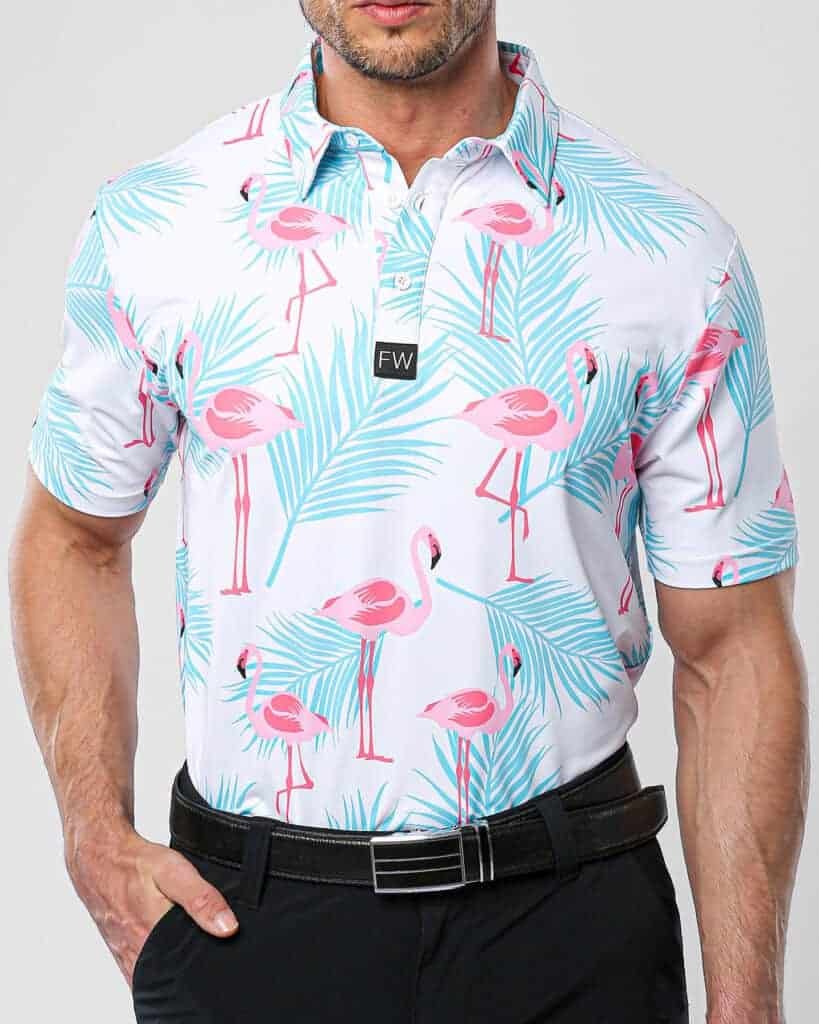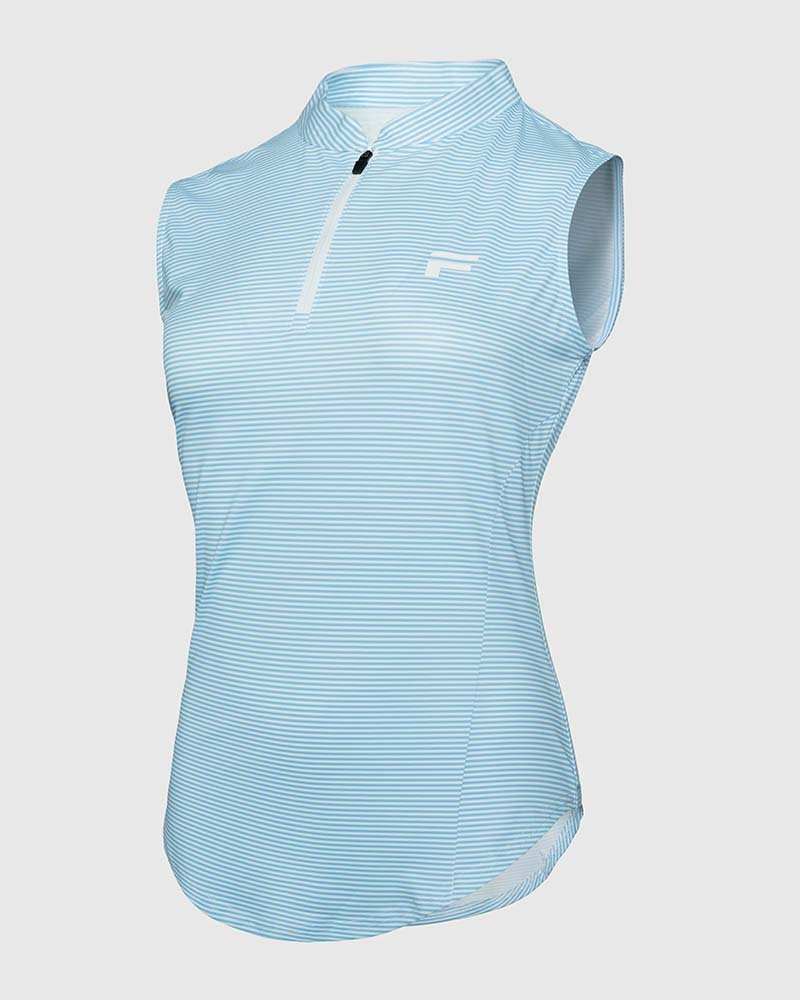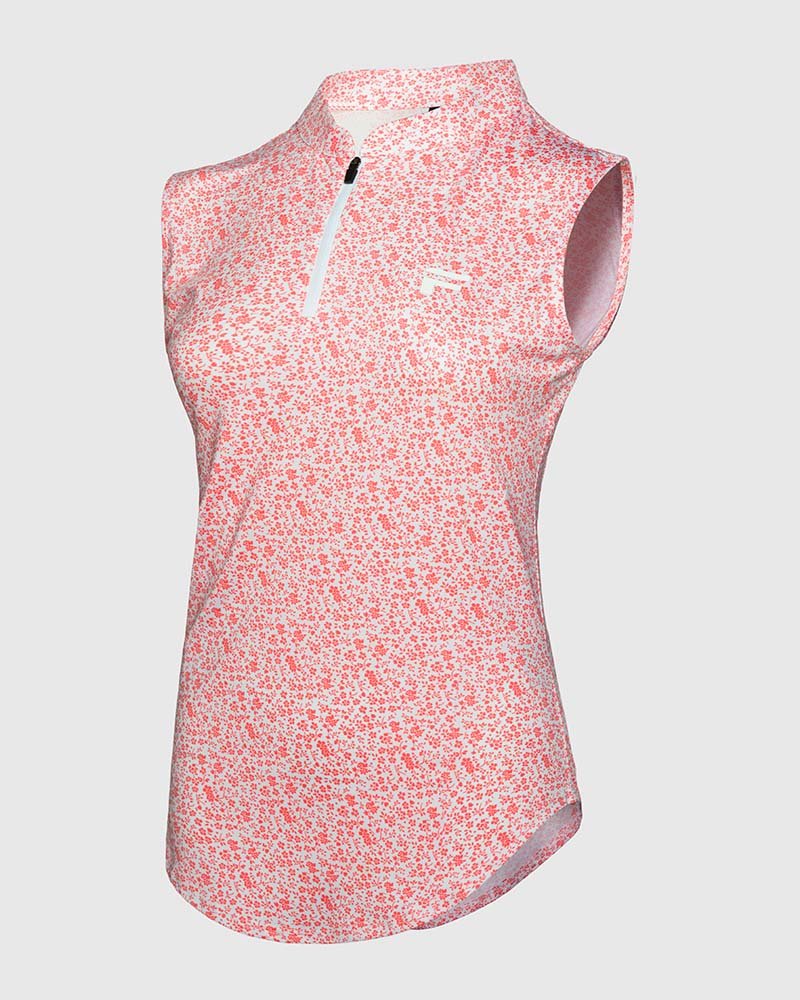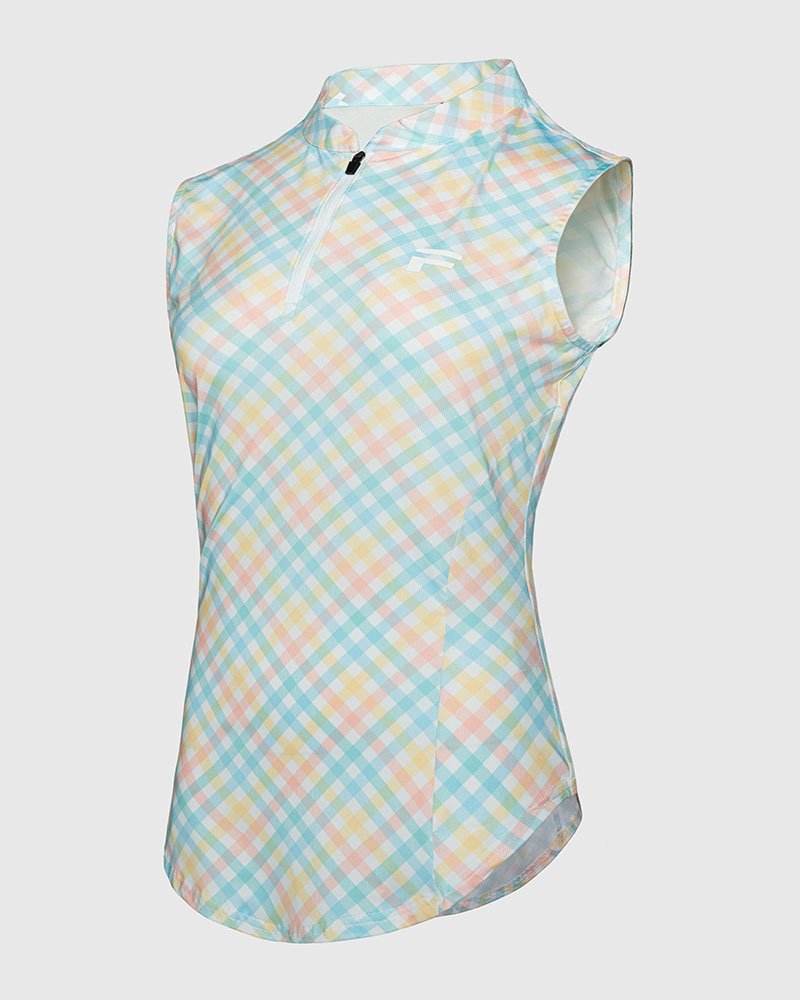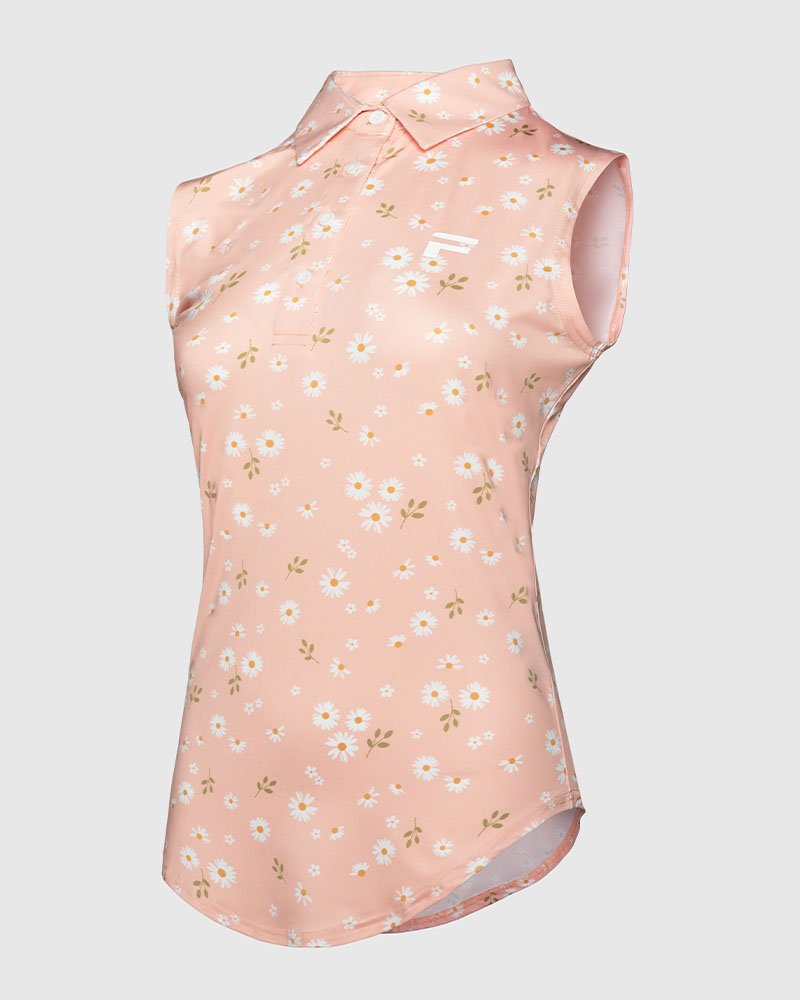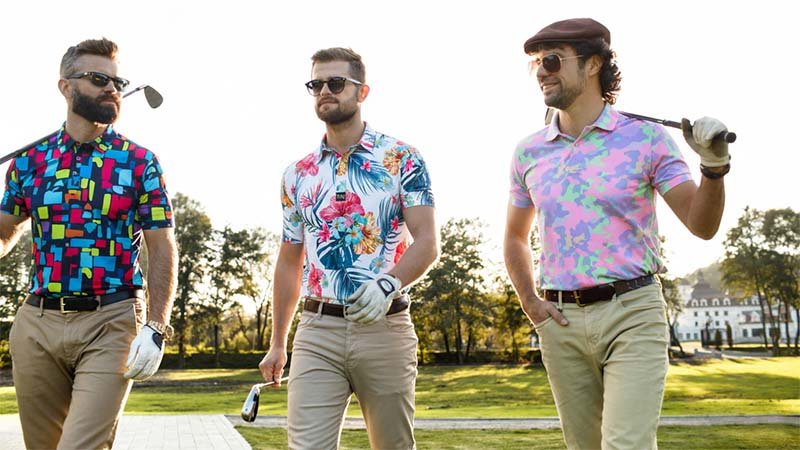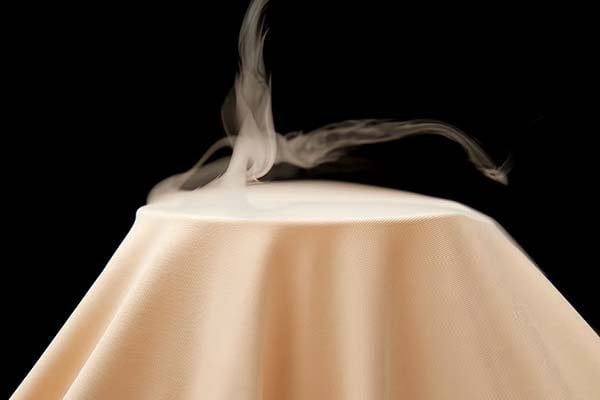
Selecting the right fabric for golf apparel is essential for comfort and performance. Breathability and moisture-wicking are two key features, but they serve different purposes. Understanding their distinctions helps golfers choose the best attire for various weather conditions, ensuring optimal temperature regulation and sweat management on the course.
Breathability and moisture-wicking are key factors in golf apparel. Breathable fabrics allow air circulation, keeping golfers cool, while moisture-wicking fabrics pull sweat away from the skin for quick evaporation. For hot, dry weather, breathable materials like cotton and mesh enhance airflow. In humid conditions, moisture-wicking synthetics like polyester keep players dry and comfortable.
Breathability: Keeping You Cool
Breathability refers to a fabric's ability to allow air to circulate, preventing overheating and ensuring ventilation. This is particularly important in hot and humid conditions, as breathable fabrics help regulate body temperature by allowing excess heat and moisture to escape.
Best Fabrics for Breathability:
- Cotton: Natural and highly breathable, but retains moisture.
- Polyester Blends: Many high-performance golf shirts blend polyester with other fibers to enhance airflow.
- Microfiber & Mesh Constructions: These designs maximize ventilation, making them ideal for summer rounds.
When to Choose Breathable Fabrics:
- Playing in hot and dry conditions
- Golfers who sweat less but prefer airflow
- Casual rounds where ultimate performance isn’t the top priority
Moisture-Wicking: Staying Dry and Comfortable
Moisture-wicking fabrics actively pull sweat away from the skin to the outer layer of the fabric, where it evaporates quickly. This keeps golfers dry and prevents discomfort caused by damp clothing.
Best Fabrics for Moisture-Wicking:
- Polyester & Performance Synthetics: These fabrics are engineered to wick sweat efficiently and dry fast.
- Merino Wool: Surprisingly effective at moisture management while offering a soft feel.
- Blended Fabrics with Spandex: Provide both moisture control and flexibility for unrestricted movement.
When to Choose Moisture-Wicking Fabrics:
- Humid or unpredictable weather conditions
- High-intensity rounds where excessive sweating is expected
- Tournament or professional play requiring peak performance
Which One is Better?
The choice between breathability and moisture-wicking depends on personal preference and the playing environment. For extremely hot conditions, breathable fabrics help with airflow, keeping you cool. In humid or sweaty rounds, moisture-wicking fabrics prevent discomfort and chafing. Many high-end golf brands now incorporate both features into their designs, ensuring optimal performance.
Final Thoughts from an Industry Expert
After 12 years in the golf apparel industry, I’ve seen the evolution of fabric technology. Today, the best-performing golf apparel combines both breathability and moisture-wicking to provide ultimate comfort. If you're investing in premium golf wear, look for hybrid fabrics that offer temperature regulation, sweat control, and durability. Brands like Nike, Adidas, and Under Armour have perfected these blends to suit all playing conditions.
For golfers aiming to enhance their game through clothing, always consider the climate, your personal comfort preferences, and the fabric composition before making a purchase.



